Historic, Critically Acclaimed, And Downright Iconic Television Moments
While television brings us many historic and critically acclaimed moments, some stand out more than others. For some, there was nothing like witnessing Neil Armstrong stepping foot on the moon for the first time.
Then there are moments like Lucy working at the candy factory and the first-ever music video airing on MTV. No matter the case, it was amazing for people around the world to be tuned in to some of the most iconic moments in television history together. Keep scrolling for some more snippets in time.
"Do You Believe In Miracles?" - 1980

Few events bring people together quite like a good sporting event. And when that event happens to be the US Olympic hockey team going up against the way more skilled Soviet Union team in Lake Placid, New York, in 1980, you best believe people were huddled around their sets ready for the game of a lifetime.
With the Soviets dominating the Olympic ice from 1956 to 1976, the young American team were considered the underdogs. But to everyone's surprise, they came out on top, defeating the Soviets four to three. Some people might remember sports commenter Al Michaels' cry, "Do you believe in miracles? Yes!"
The Apollo 11 Moon Landing - 1969

"That's one small step for man, one giant leap for mankind," was plastered on headlines the day after the Apollo 11 moon landing. But on July 20, 1969, television networks united to broadcast one of the most significant feats in humankind, Neil Armstrong becoming the first man to step foot on the moon.
Not that news anchors were able to say much. Walter Cronkite, for example, was sitting at the CBS desk and was able to say little more than, "Oh, boy!" The broadcast from the shuttle's cameras back down to Earth showcased the epitome of human achievement.
O.J. Simpson's Slow-Speed Bronco Chase - 1994
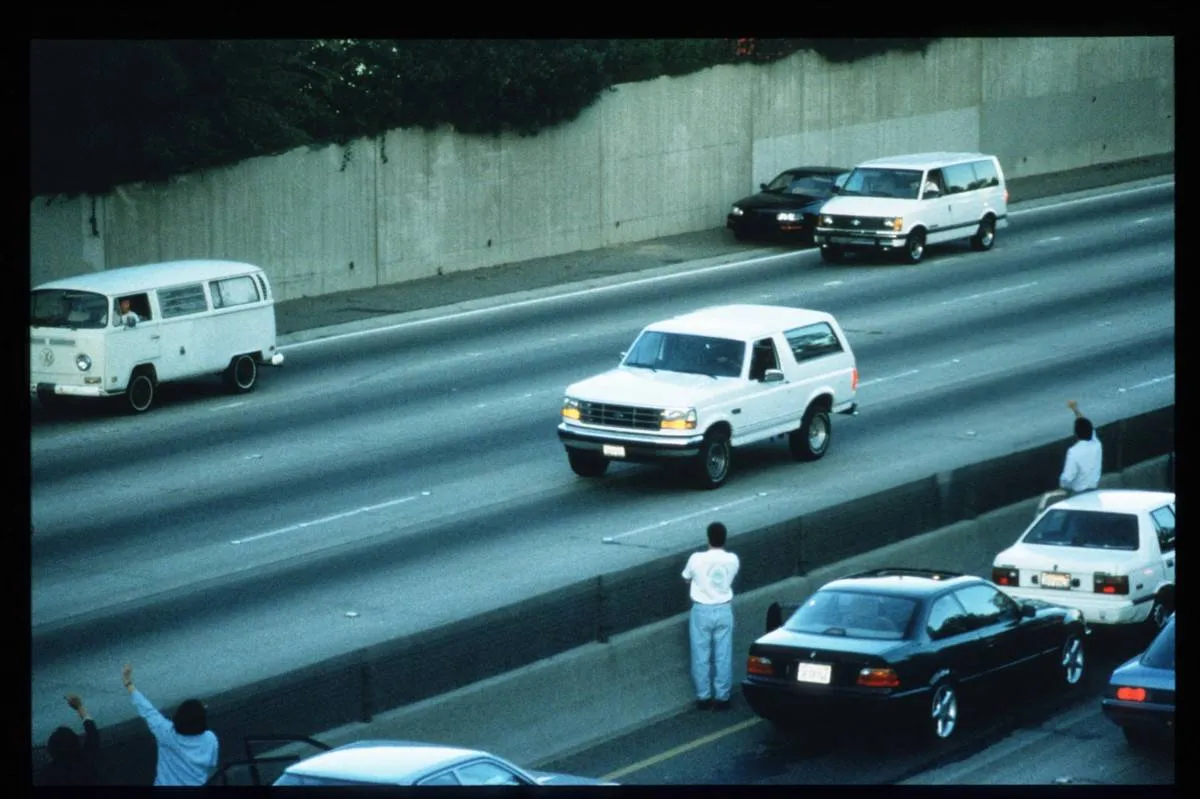
One June evening in 1994, millions of people tuned in to watch what is probably one of the most bizarre car chases in history -- former professional football player O.J. Simpson driving down the I-5 in a white Bronco, a squad of LAPD cops slowly following him.
Three days prior, his ex-wife Nicole Brown and her friend Ron Goldman were found dead. Simpson, charged with a double murder, was supposed to turn himself over to the authorities that day. Instead, people were turning off Arnold Palmer's final golf game to watch cops follow Simpson on the freeway and back to his Brentwood house.
Salute At The Mexico City Olympic Games - 1968
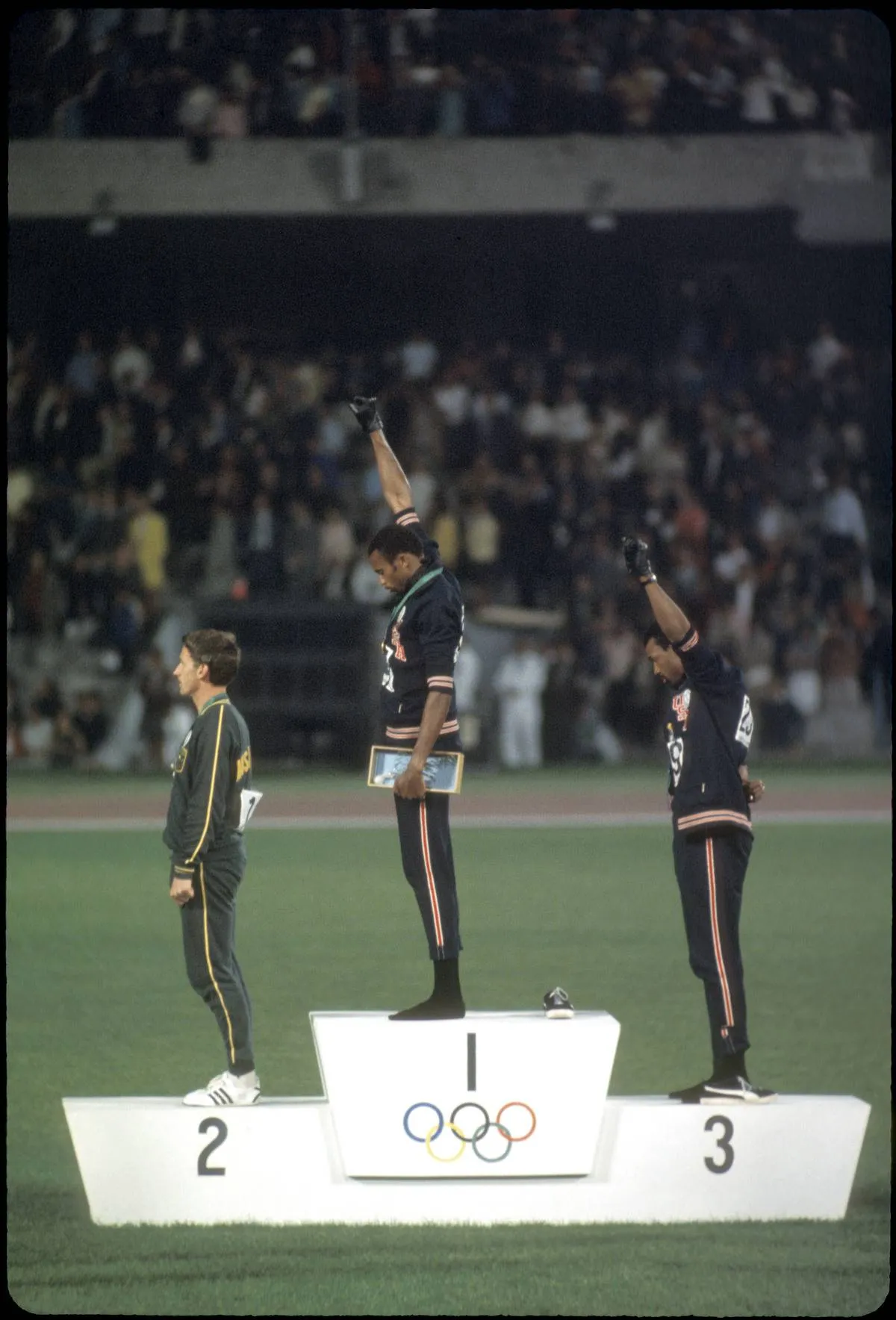
During the 1968 summer Olympics in Mexico City, the medal ceremony for the 200-meter race made history. Following the assassinations of Robert F. Kennedy and Martin Luther King Jr., race relations and civil unrest were at an all-time high. Protests, police brutality, and demonstrations were happening more often than not.
So, when Tommie Smith won gold, and John Carlos won bronze for the 200-meter race event, they made a salute to Black Power and solidarity. During the anthem, both African American men raised gloved fists in the air. And while their peaceful demonstration infuriated some people, it was a reminder there was a divided world outside the games.
Sammy Davis Jr. On All In The Family - 1972

With the country in an uproar with the civil rights movement, feminism, and war, among other things, Norman Lear's popular sitcom All in the Family had a lot of real-world material to work off. So, when long-time fan Sammy Davis Jr. asked Lear to let him guest star, he found the perfect role.
The episode was the typical formula of thoughtfulness and comedy. But the biggest laugh came at the end when Davis Jr, playing himself, takes a picture with "My Friend Archie," and on three plants one of the funniest kisses in television history.
Lucy Vs. Candy Conveyor Belt - 1952
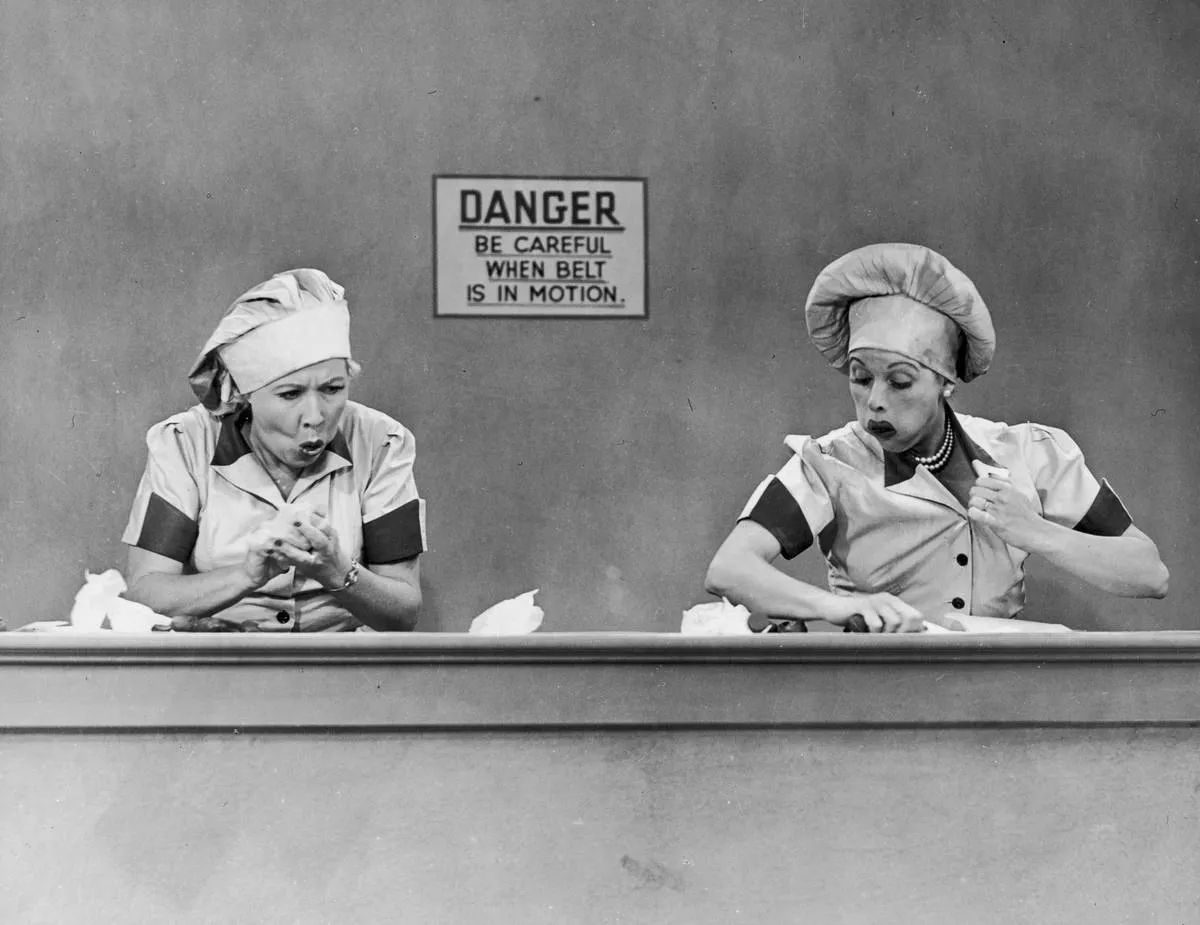
The 1950s sitcom I Love Lucy was an innovative show for the times. Shot on film instead of a kinescope, the series followed the shenanigans of an interracial couple, Lucy and Ricky Ricardo. There are many fine moments in this show, but one that really sticks out is in the episode "Job Switching."
During the episode, Lucy and her neighbor Ethel land a job at a candy factory. There, they fight a losing battle with a fast-running conveyor belt, leaving them no choice but to toss candy and eat it while trying to package in the process.
Elvis Presley On Ed Sullivan - 1956
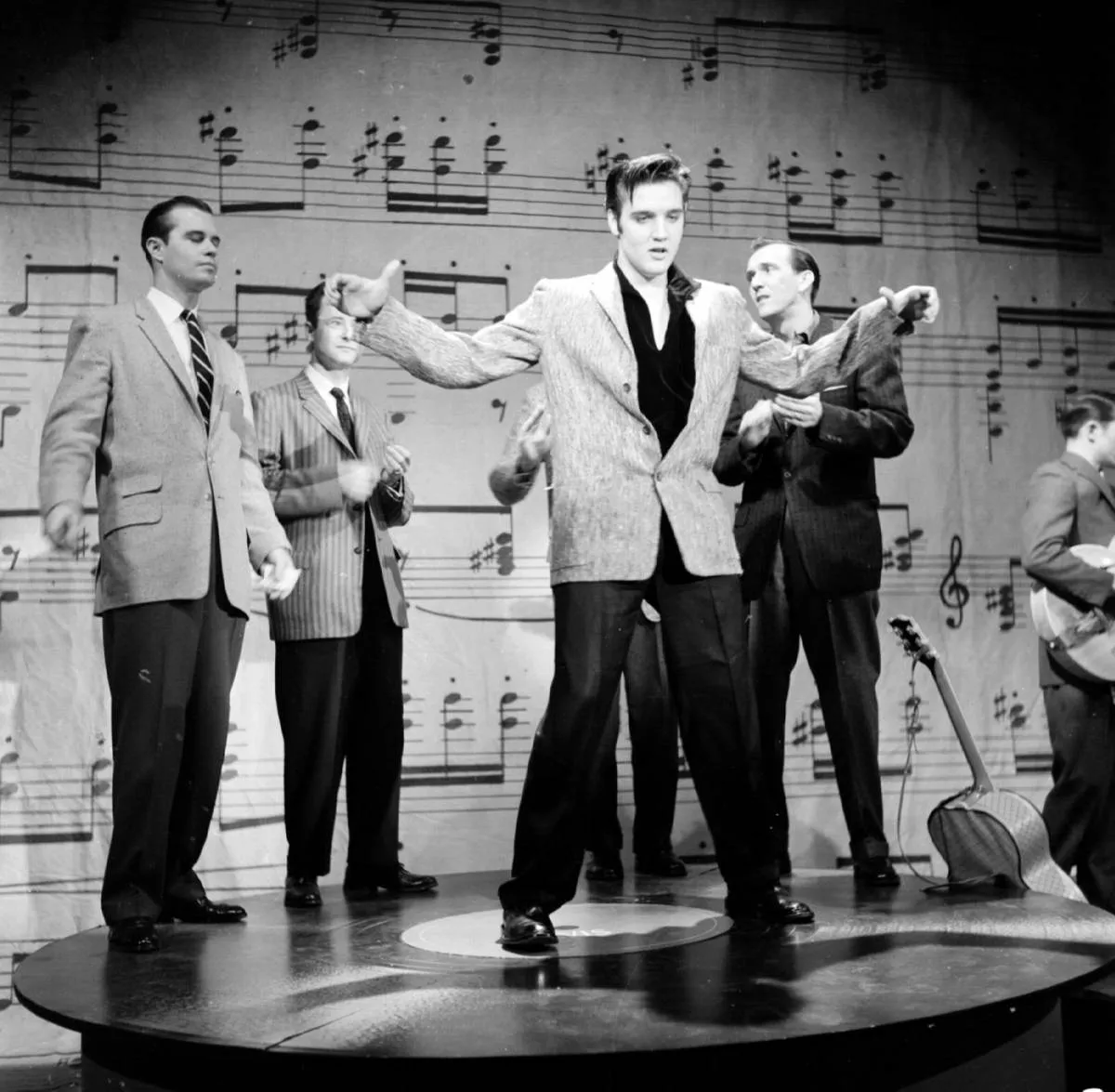
From 1948 to 1971, most American families were tuned into the Ed Sullivan Show during its time slot on CBS. The variety show was famous for its mixture of performances, including famous musicians and singers, but there was one performer he was against hosting on the show in 1956, Elvis.
Sullivan thought Elvis' rock 'n roll was too risky for the family-friendly show. But when he saw The Steve Allen Show's ratings skyrocket after hosting Elvis, he changed his mind. On September 9, 1956, 60 million people tuned in to watch The King perform on The Ed Sullivan Show. At the time, it was the largest audience in television history.
Muhammad Ali Lights The Olympic Torch In Atlanta - 1996
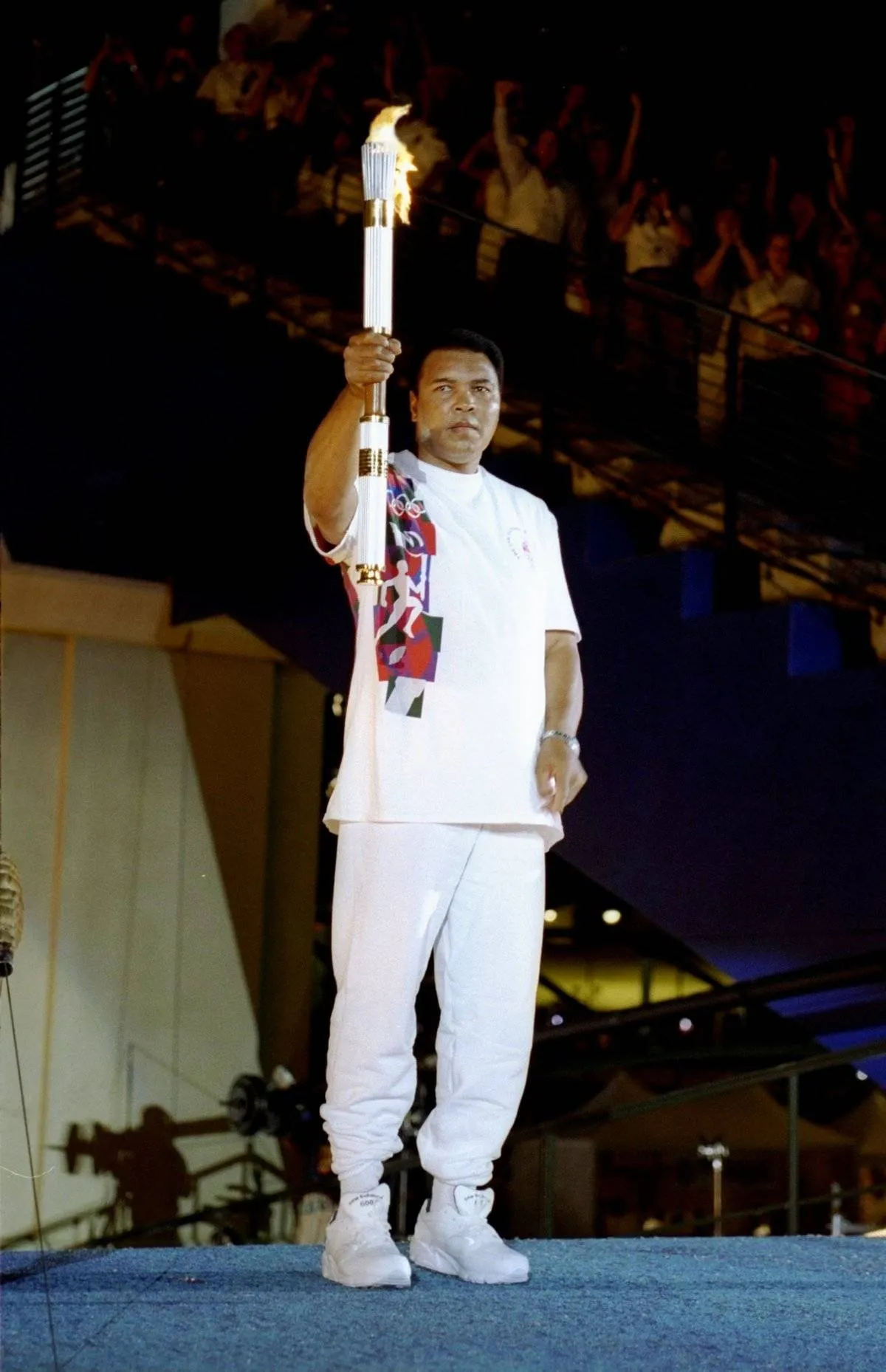
Muhammad Ali's athleticism, charisma, and political views have made him a very prolific and loved figure throughout history. Ali was always one to draw a big crowd, from his verbal sparring match with Howard Cosell at "Thrilla to Minilla" to his victory at the 1960 Olympic Games.
But something people were not expecting from Ali was seeing him light the Olympic torch at the 1996 opening ceremony. Ali's involvement was kept a huge secret, so when swimmer Janet Evans passed the torch to his hands, it was enough to give anyone watching goosebumps
Janet Jackson's Wardrobe Malfunction During Halftime - 2004

Super Bowl XXXVIII in 2004 isn't really remembered for the game, but rather for the half-time show that exposed a bit more than just the singers' talent. Justin Timberlake and Janet Jackson were the performers that year, and people were revved up to see what they had in store for their half-time spectacle.
What no one was prepared for was Jackson's wardrobe malfunction. Nor were they ready for the network not catching it in time to blur it out of the family-friendly television program -- whoops.
M*A*S*H: "Goodbye, Farewell, and Amen" - 1983
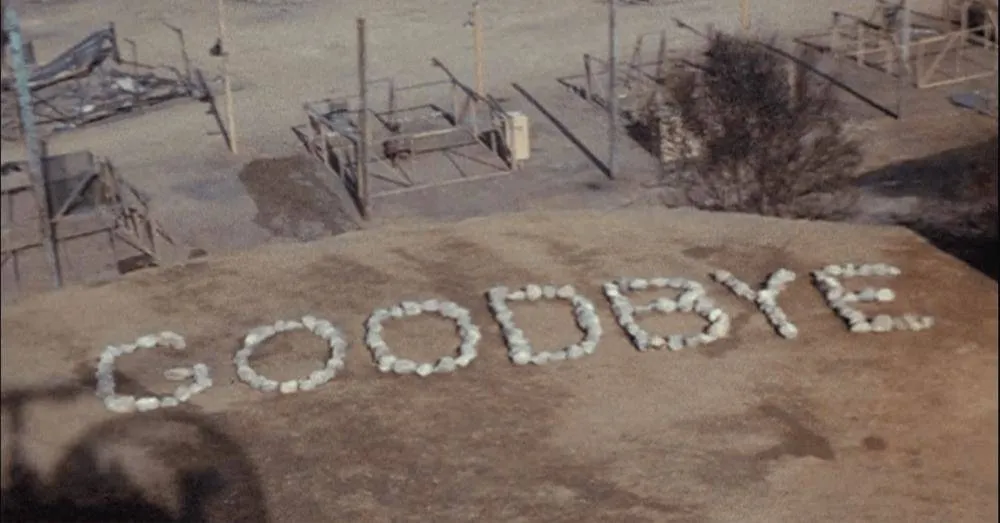
The final episode of the Korean War series M*A*S*H aired on February 28, 1983. Running for an astounding 135 minutes, "Goodbye, Farewell, and Amen" is an epic, having all of the moving parts of a feature film while keeping the shows typical themes and topics at the forefront.
This finale is still the highest-rated in history, with 125 million viewers and 77 percent of all televisions set to CBS the night it aired. And, until the 2010 Superbowl, "Goodbye, Farewell, and Amen" was the highest-rated program of any kind, not just television shows.
The Beatles On Ed Sullivan - 1964
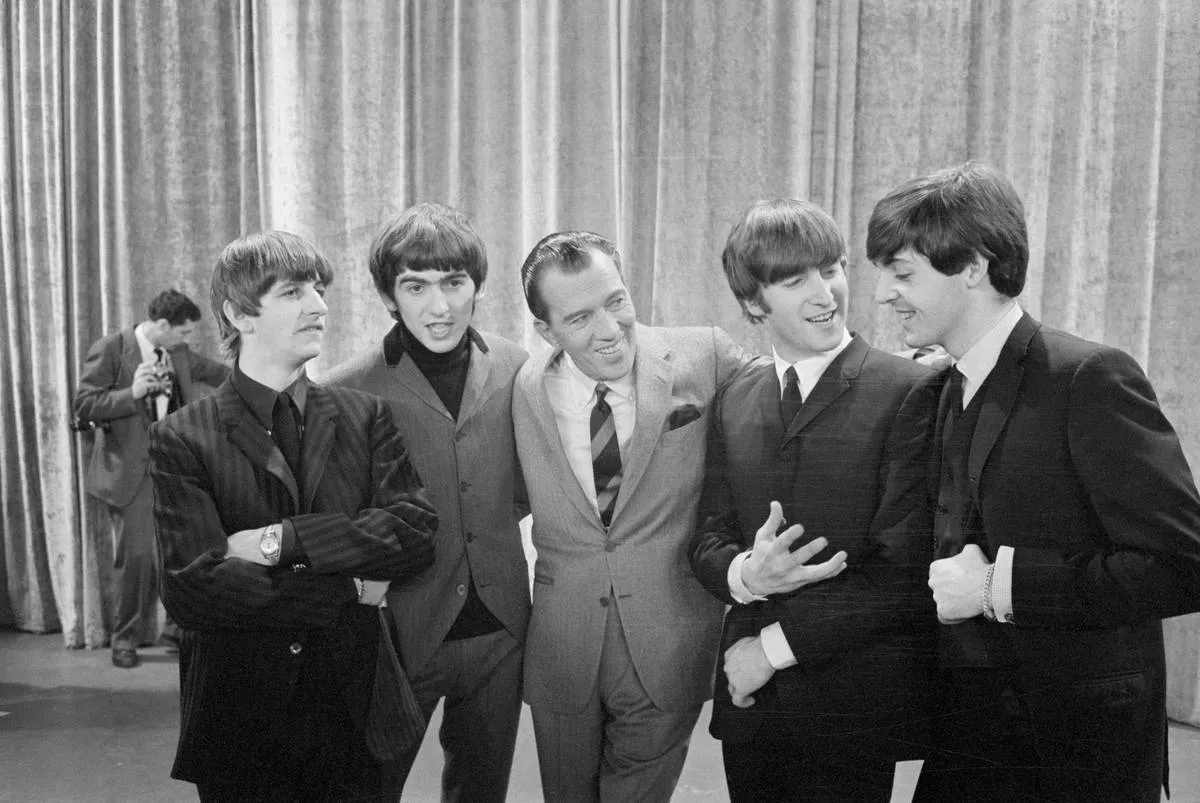
Eight years after Elvis shattered The Ed Sullivan Show record for most-views, "youngsters from Liverpool who call themselves The Beatles" stepped foot on stage and changed the face of music one more time. It was the quartet's first live performance on American soil, and it exceeded expectations.
Their segment on the show garnered 73 million views, shattering The King of Rock's record. It seemed as though The Beatles were an overnight sensation in the United States, successfully integrating themselves in the music scene.
Roots - 1977
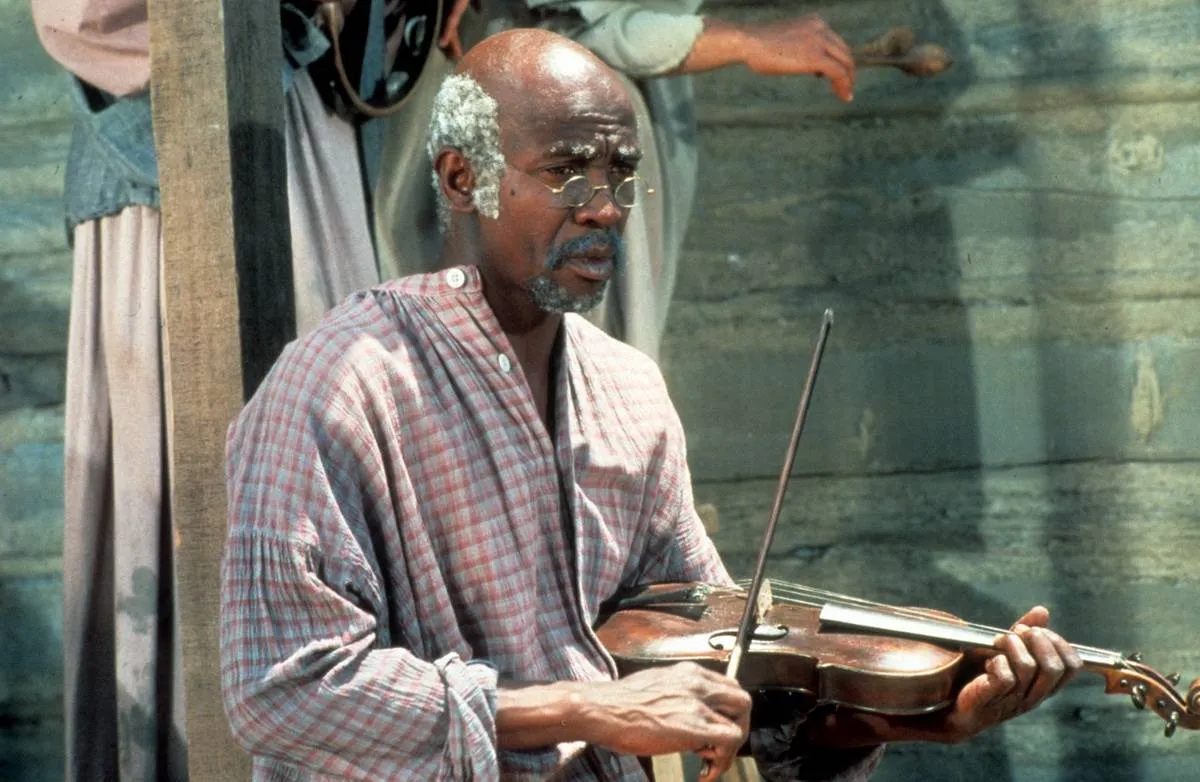
Based on the life of Alex Haley's family tree, Roots is a 12-hour tv movie that gave birth to what we now call the "mini-series." Exploring topics such as slavery and war, the series was a gamble for ABC, leaving them no choice but to place the series on before "sweeps." They didn't want any of their ratings to lower.
Little did they know that the series was going to be a huge hit with the American people. Over 130 million people would tune in to watch Roots, making it the second-most-watched series in United States television history.
The Royal Wedding Of Charles And Diana - 1981
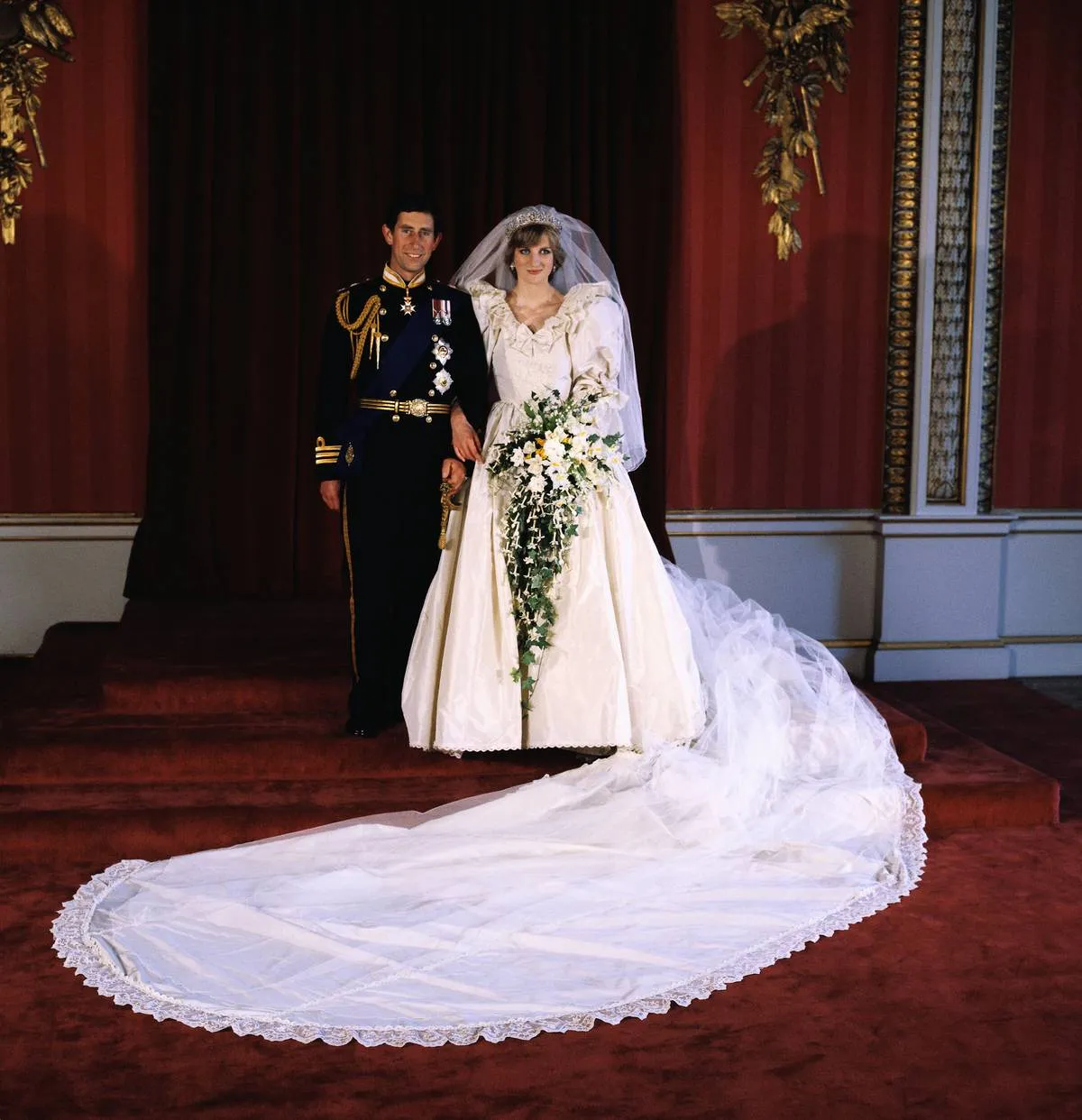
Nothing brings Americans together, quite like a royal wedding. And the first royal wedding that made the event must-see television happened on July 29, 1981, between Lady Diana Spencer married Prince Charles at St. Paul's Cathedral. It was a lavish spectacle that was viewed by about three-quarters of a billion people.
It was Diana's introduction into the royal world, something she took in stride as she quickly became "the People's Princess." Sadly, 16 years later, people would gather around their television sets once again to mourn the loss of the young princess.
J.R. Getting Shot On Dallas - 1980

In 1980, Dallas was one of CBS' most popular television series. The soap opera followed a wealthy Texas family that people couldn't seem to get enough of. So, the men in suits decided two more episodes after "Jock's Trail" two-parter was the way to close the third season.
But no one anticipated patriarchy J.R. getting shot by an unknown assailant. All the country was talking about was, "Who shot J.R.?" At the time, it was one of televisions biggest cliff hangers, and so many people needed answeres that the fourth season premiere became the most-watched program until the finale of M*A*S*H.
The First Music Video Aired On MTV - 1981
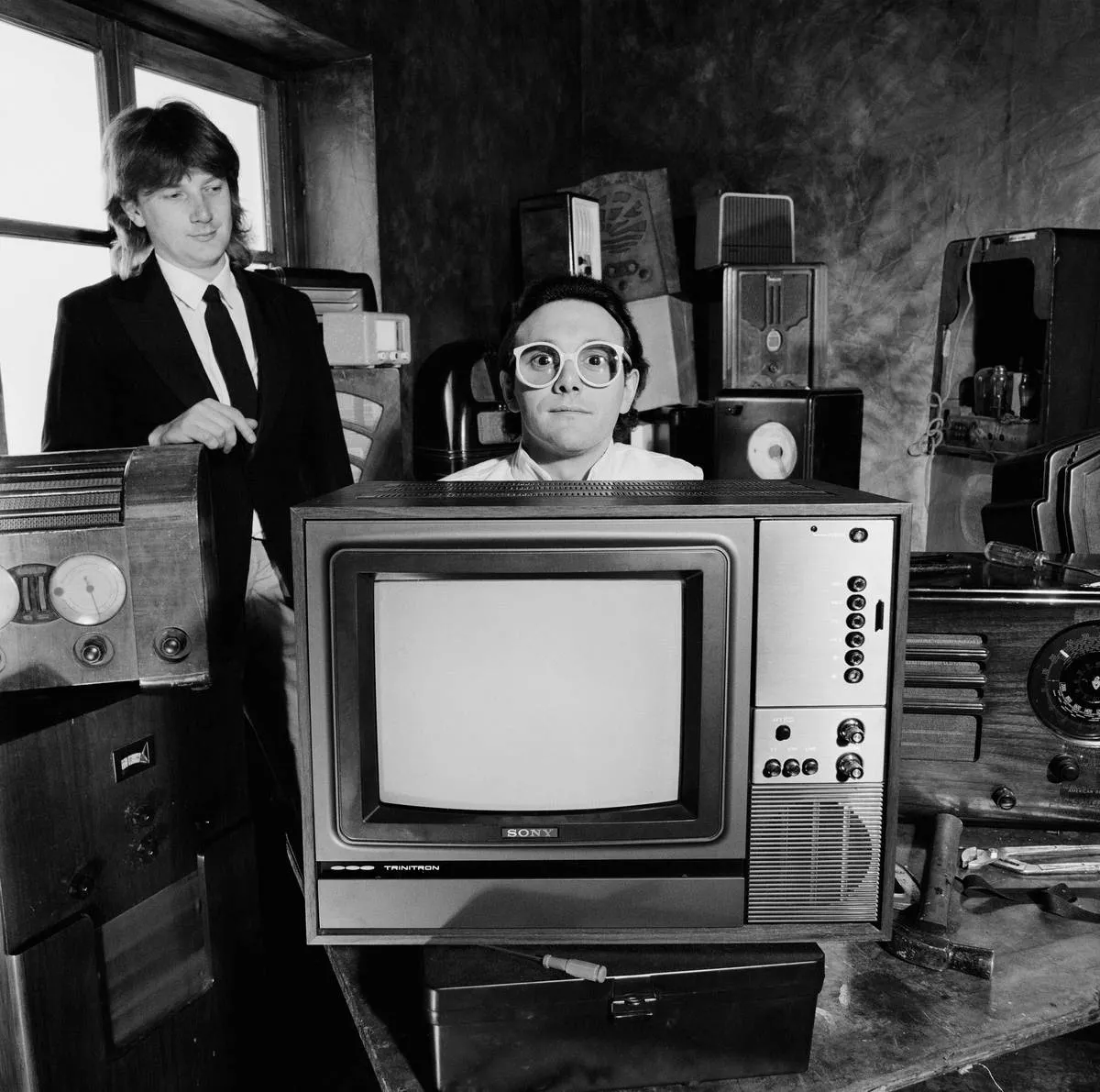
History was made on August 1, 1981, at exactly 12:01 am, when MTV launched their music video channel, paving the way for more and more artists to create videos to go along with their music. The first-ever video they played was "Video Killed The Radio Star" by The Buggles. Quite an ironic choice, if you ask us.
Although they weren't overly popular in the United States, The Buggles would go on to become one of the biggest one-hit-wonders in history. And while people enjoyed music videos for years, MTV decided to boot them to the side in favor of reality tv.
The San Francisco Earthquake -1989

No one was ready to be watching Game three of the 1989 World Series one moment and then witness a horrible disaster the next. It was during the game when San Francisco was hit with a magnitude 6.9 earthquake. Sportscaster Al Michaels went from calling plays to listing off neighborhoods that were on fire.
The disaster amounted to five billion dollars in damages, including the cost to repair the fallen Bay Bridge. It was definitely one World Series people weren't going to forget anytime soon.
New York's First Television Broadcast -1939

On April 30, 1939, the people of New York witnessed a historic moment: the first day of a television broadcast. On opening day, former President Franklin D. Roosevelt introduced the grand opening of the New York World's Fair in Flushing Meadows, Queens.
The purpose of the World Fair was to look towards the future since the world had just been thrown into a second World War. The slogan was "Dawn of a New Day," and it urged people to look at "the world of tomorrow."
The Flintstones Becomes The First Prime-Time Cartoon Series - 1959
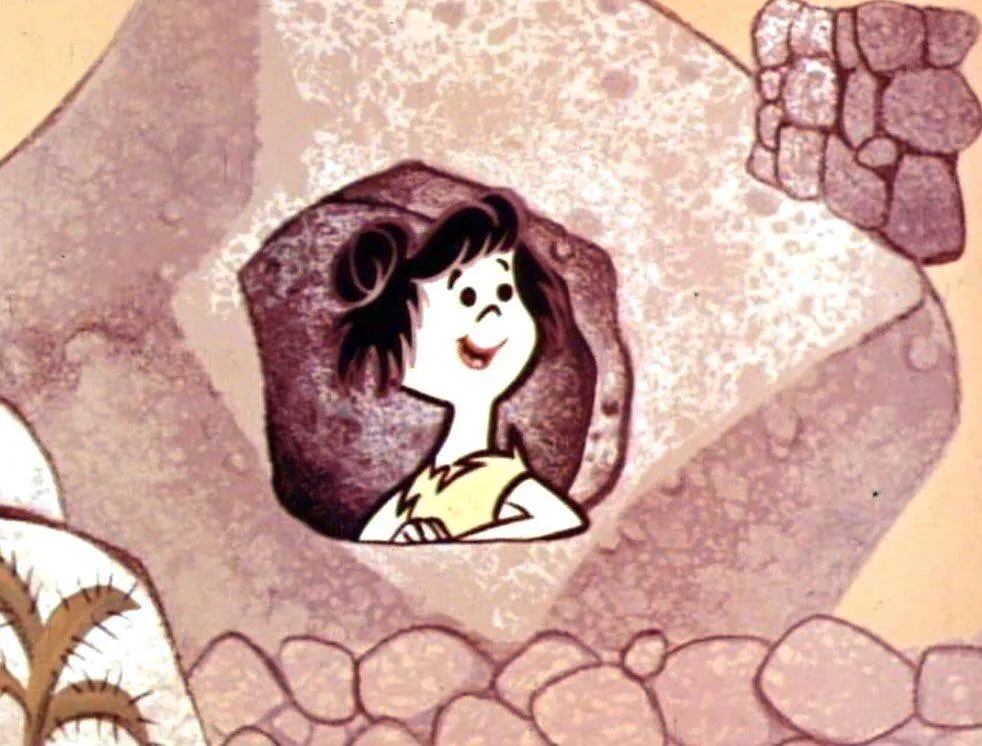
It wasn't until September 30, 1959, that the United States was introduced to its first prime-time cartoon series, The Flintstones. The series followed the shenanigans of a Stone Age family, consisting of Fred, Wilma, and their daughter Pebbles. Of course, a family cartoon wouldn't be complete without some quirky neighbors.
For this show, those people came in the form of Barney, Betty, and Bamm-Bamm Rubble. It was a family-friendly show that had children believing dinosaurs and humans lived on Earth at the same time.
Hurricane Katrina - 2005

Storms and weather coverage is nothing new to television, but when Hurricane Katrina hit New Orleans in 2005, everything changed. Once the levees broke, thousands of people were attempting to flee the city as streets and homes were flooded. Reporters covered residents pleading for outside help; it was unlike anything the country had seen.
Journalists and new personnel on the ground were reporting on the heartbreak, uncertainty, and fear that was suffocating the people of New Orleans. The aftermath of the horrific storm was felt by everyone in the United States, even if they weren't part of the New Orleans community.
September 11 Attacks - 2001
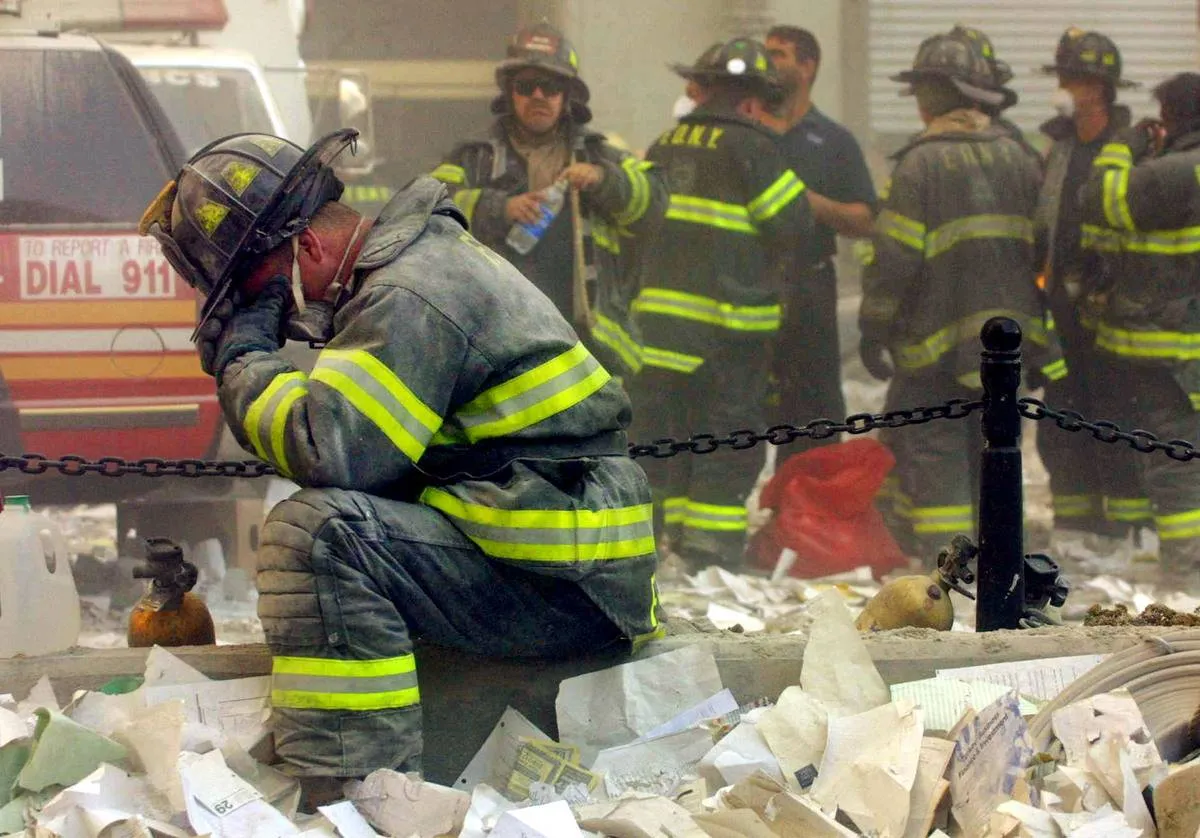
On the morning of September 11, 2001, everything changed for the people of the United States. No longer were airports safe, everyone who looked different was a threat, and trust was at an all-time low. And it was all because of the attacks on the World Trade Centers.
For weeks, new stations and networks had the attacks on loop, gluing people across the nation to their televisions, waiting to hear of another potential attack on the country.









